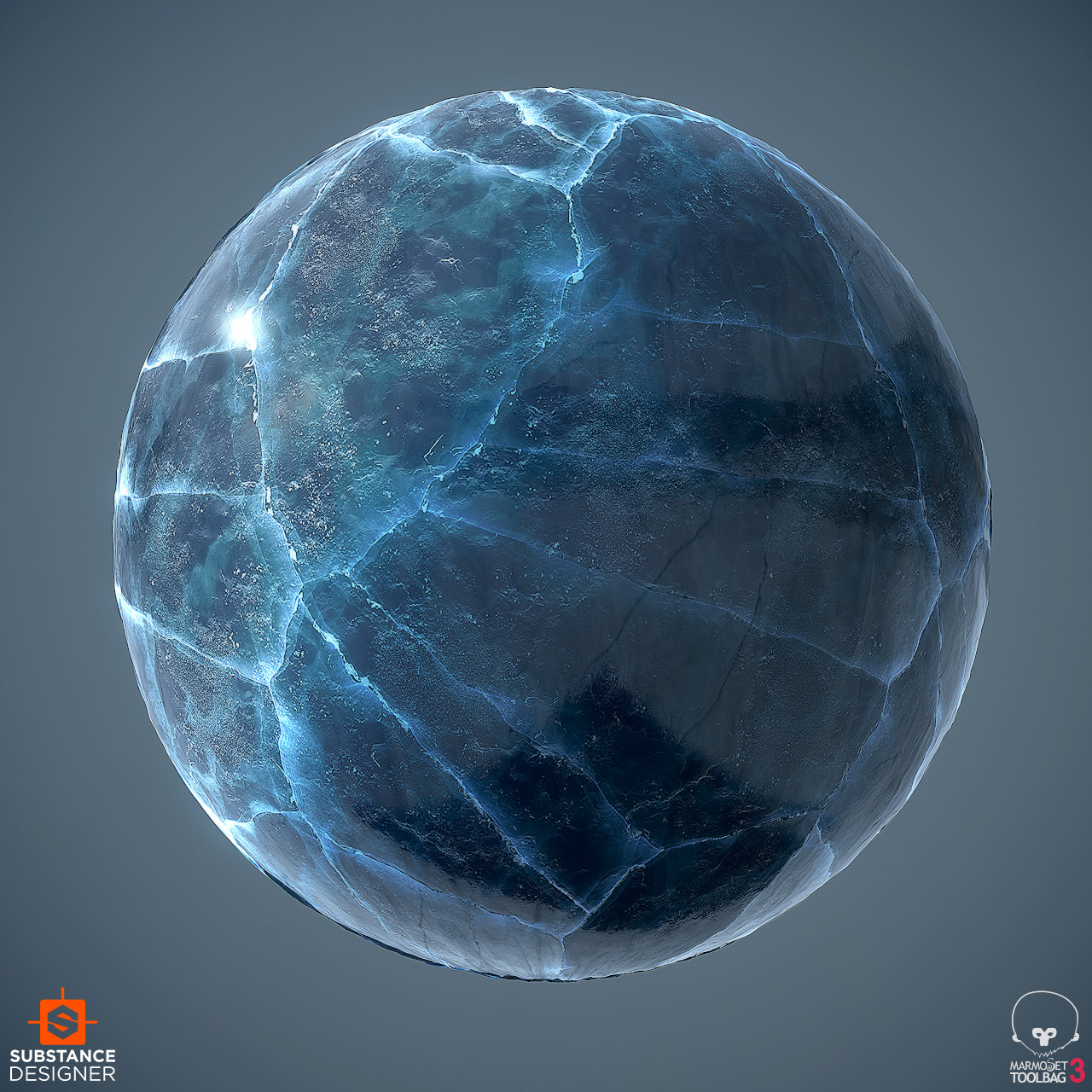Chip
Wondering Crystal

Intent: To make a fancy new metal
Image Source: Here
Canon Link: Space Warfare (History Section, Paragraph 2 mentions Kiirium as a superconducting alloy suitable for 'antiquated' starship armor)
Primary Source: NA
PRODUCTION INFORMATION
Homeworld: NA
Manufacturer: Mastercraft Alloys Ltd.
Model: Kiiricabine
Affiliation: Open Market
Modularity: Moderate
Production: Limited
Material:
TECHNICAL SPECIFICATIONS
Classification: Metallic Crystal-Matrix Alloy
Weight: Heavy
Resistance:
- Blasters: Very High
- Kinetic: Very High
- Lightsabers: High
- Other: NA
SPECIAL FEATURES
- Superconductive
- Super-chilled
- Possesses Strong Electromagnetic Field
- Electromagnetic Field increases in intensity with increased electrical charge
- Extreme Thermal Absorption
- Can flash-freeze objects upon contact
- Causes extreme frostburn upon contact with bare flesh
- Good Resistances
- Absorbs heat to an extreme extent and can cause severe frostbite
- Being superconductive and unlikely to overheat makes Kiiricabine a good choice for electronics
- Heavy Weight
- Touching bare flesh to metal causes frostbite
- Does not bend or dent, instead suffers cracks and shatters
- Being superconductive can make Kiiricabine a poor choice for armor plating, in spite of its impressive durability
- Electromagnetic field can cause malfunctions in electronics not shielded against electromagnetism
Kiiricabine is an extremely dense metallic crystal alloy of high rigidity. It is superchilled, superconductive, thermal absorbent, and possesses a strong electromagnetic field. It is comprised of a handful of uncommon minerals and a few downright exotic ores. The key ingredients in the alloy are a secretive mixture of Ostrine, Cabirium, Kiirium, and Lanthanide.
The result of endless tinkering with exotic metals in the hopes of finding something useful, Kiiricabine suffered many failures before a functional product was achieved. Initially setting out to produce a metal alloy for use in high end electronics and advanced machinery, the desired alloy was one that could be both superconductive and naturally produced a strong electromagnetic field that would increase in strength with the application of electricity. Naturally, this initial project began by attempting to combine Kiirium and Cabirium. The results of these initial tests ranged from lackluster to downright disastrous as the impurities of Cabirium drastically reduced the conductivity of Kiirium and the flaws of Cabirium caused the test alloy to combust into a plasma state at high temperatures. Ostrine was later added to the mixture in an attempt at improving conductivity by lowering temperature, and with the hope that a sufficient quantity of Ostrine could counter-act the tenancy of Cabirium to utterly dissipate at high temperatures. The result was functional, but lackluster in every way. The electromagnetic field of the metal remained viable, but the conductivity failed to quantify as 'superconductive' and while the metal was cool to the touch, it failed to achieve the 'superchilled' effect that Ostrine is renowned for. Likewise, while the metal no longer reverted to a plasma state at high temperatures, it still showed significant signs of weakness at high temperatures.
Thankfully, by adding Lathanide to the mixture (after several dozen attempts at getting mixture and smelting process fine-tuned) the project was saved. Super dense and highly durable, the super-chilled crystalline nature of the alloy achieves the same superconductive properties as Kiirium. Though it suffers a reduction in conductivity as the metal heats up. At standard temperatures, the conductivity of the metal is well below that of Kiirium. Additionally, though the metal is highly durable to kinetic stresses and can endure a great deal of thermal stress, the metal is relatively brittle when stresses exceed the tolerances of the alloy. When damaged in this way, Kiiricabine does not suffer dents or bending. Instead, the metal is prone to cracks or outright shattering when damaged. In order to repair damaged Kiiricabine, the entire piece of metal must be re-smelted and re-cast in the same, precise manner as its creation.
Kiiricabine must be cast-forged, as it is highly resistant to any form of shaping beyond simple sharpening after creation. Due to the nature of the materials involved, Kiiricabine must be smelted at extreme temperatures and very high pressures to achieve a molten mixture, while also insulating the machinery involved from accidentally building up a static charge. As pressure is removed from the smelt, a Lanthanide crystalline matrix spreads throughout the metal alloy. The normalization of pressure must be precisely controlled to prevent the flash-freeze effect of ostrine from cooling the alloy before the crystal matrix can fully spread throughout the semi-molten metal.





